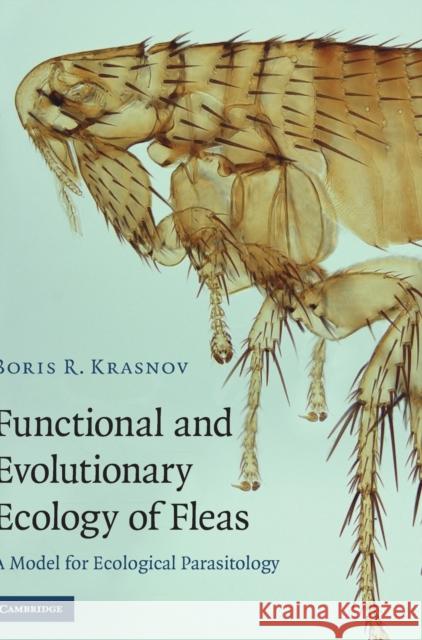Functional and Evolutionary Ecology of Fleas » książka
topmenu
Functional and Evolutionary Ecology of Fleas
ISBN-13: 9780521882774 / Angielski / Twarda / 2008 / 593 str.
Functional and Evolutionary Ecology of Fleas
ISBN-13: 9780521882774 / Angielski / Twarda / 2008 / 593 str.
cena 696,62
(netto: 663,45 VAT: 5%)
Najniższa cena z 30 dni: 692,37
(netto: 663,45 VAT: 5%)
Najniższa cena z 30 dni: 692,37
Termin realizacji zamówienia:
ok. 22 dni roboczych
Dostawa w 2026 r.
ok. 22 dni roboczych
Dostawa w 2026 r.
Darmowa dostawa!
A detailed review of flea biology and a case study of host-parasite relationships.











